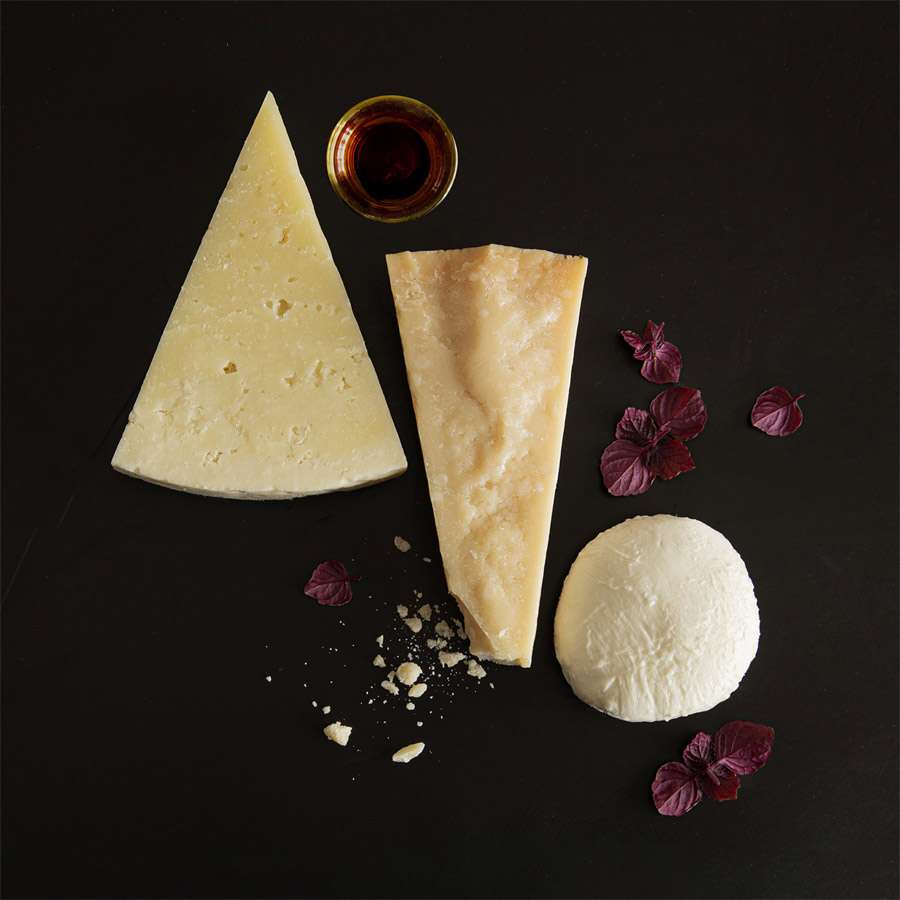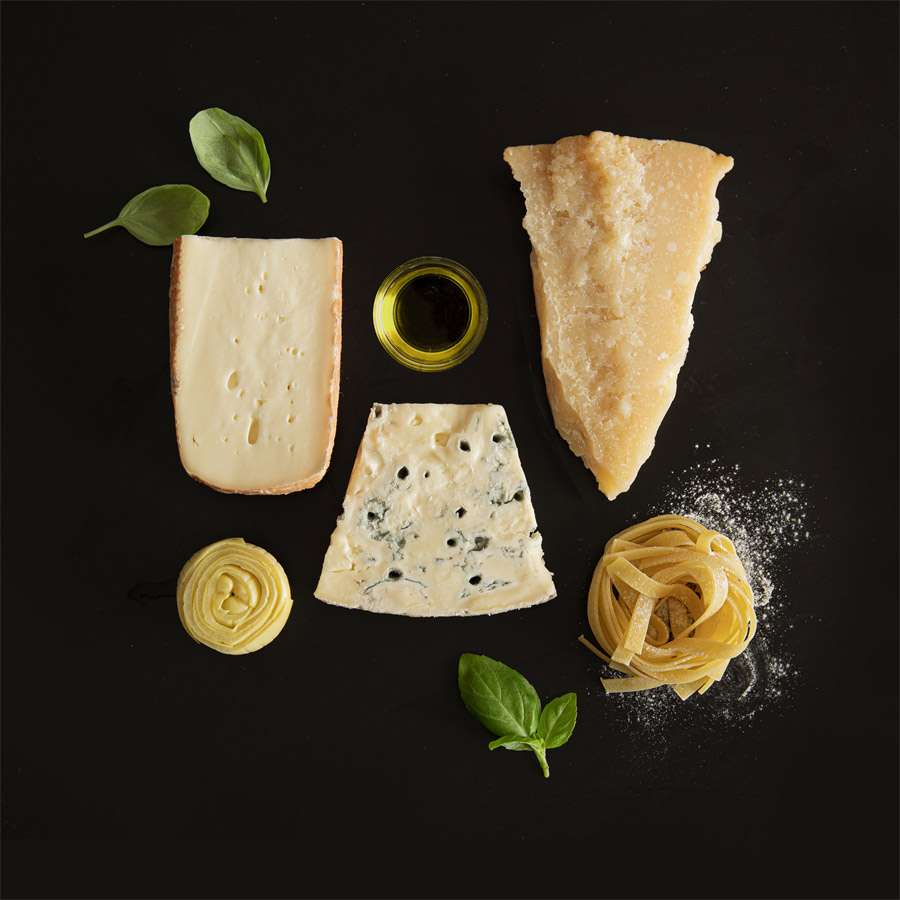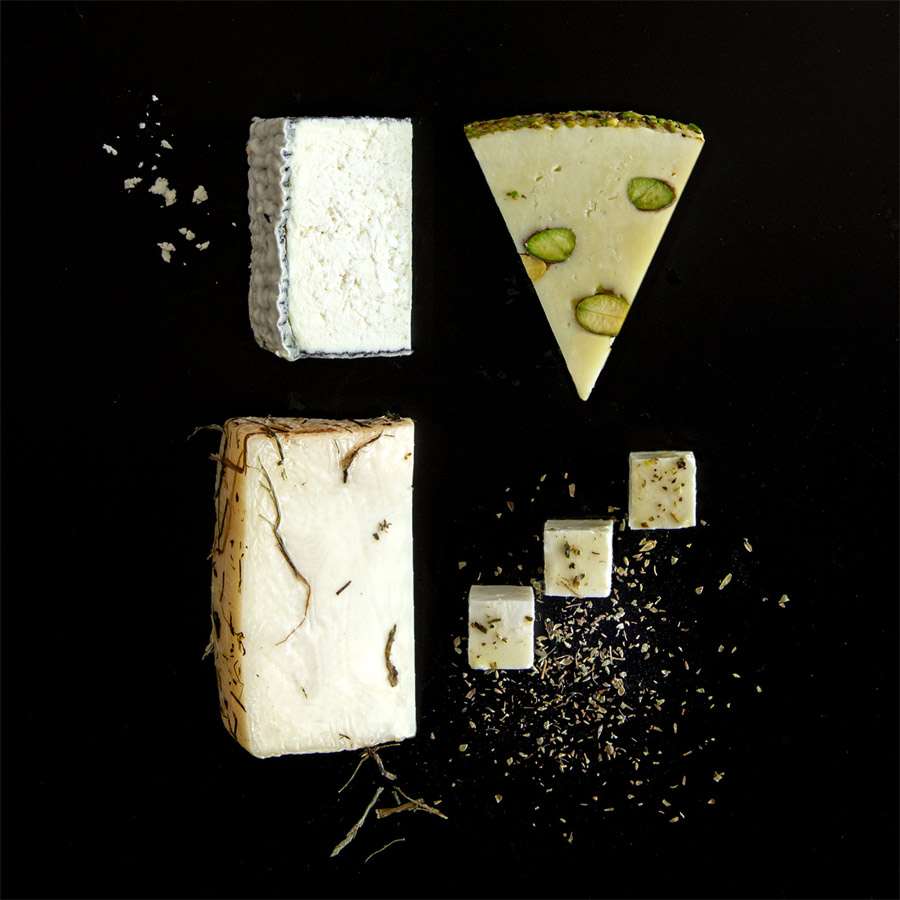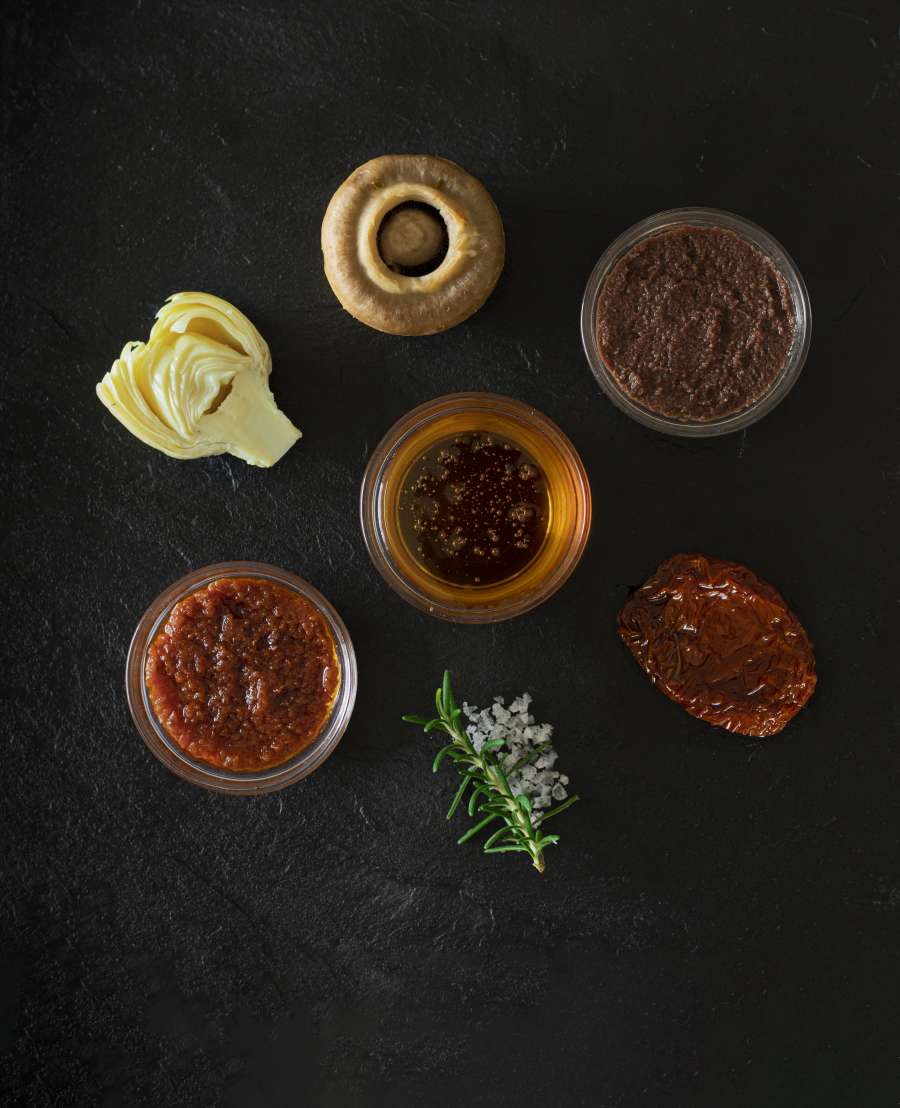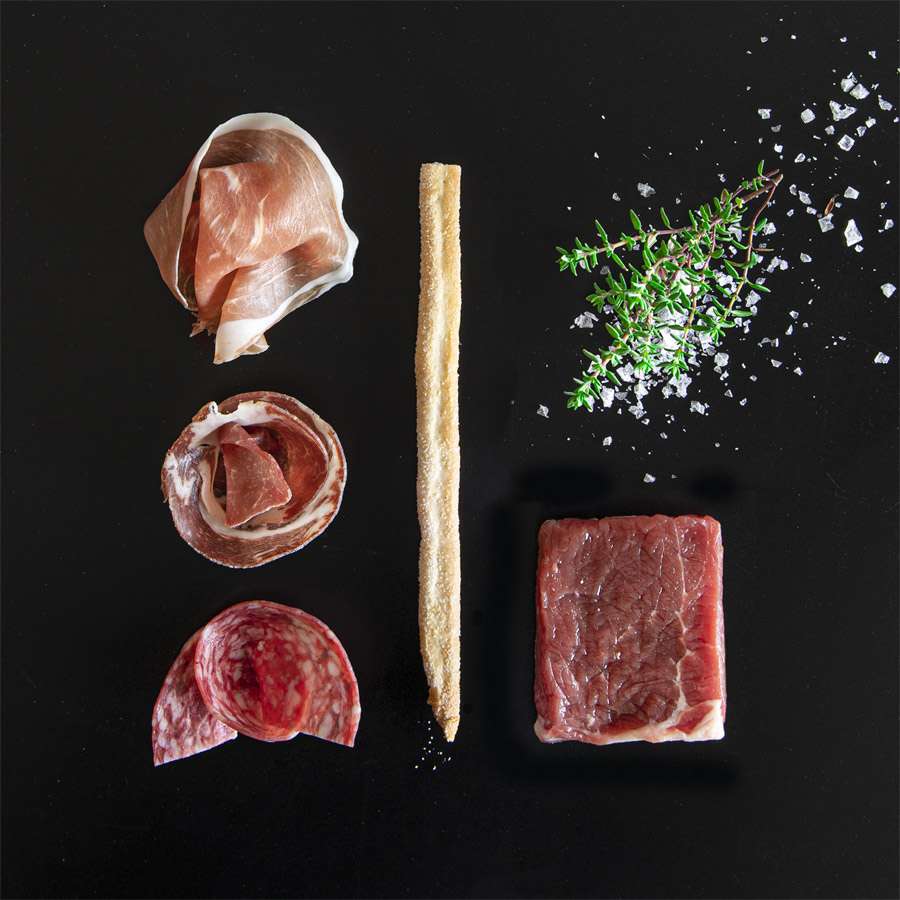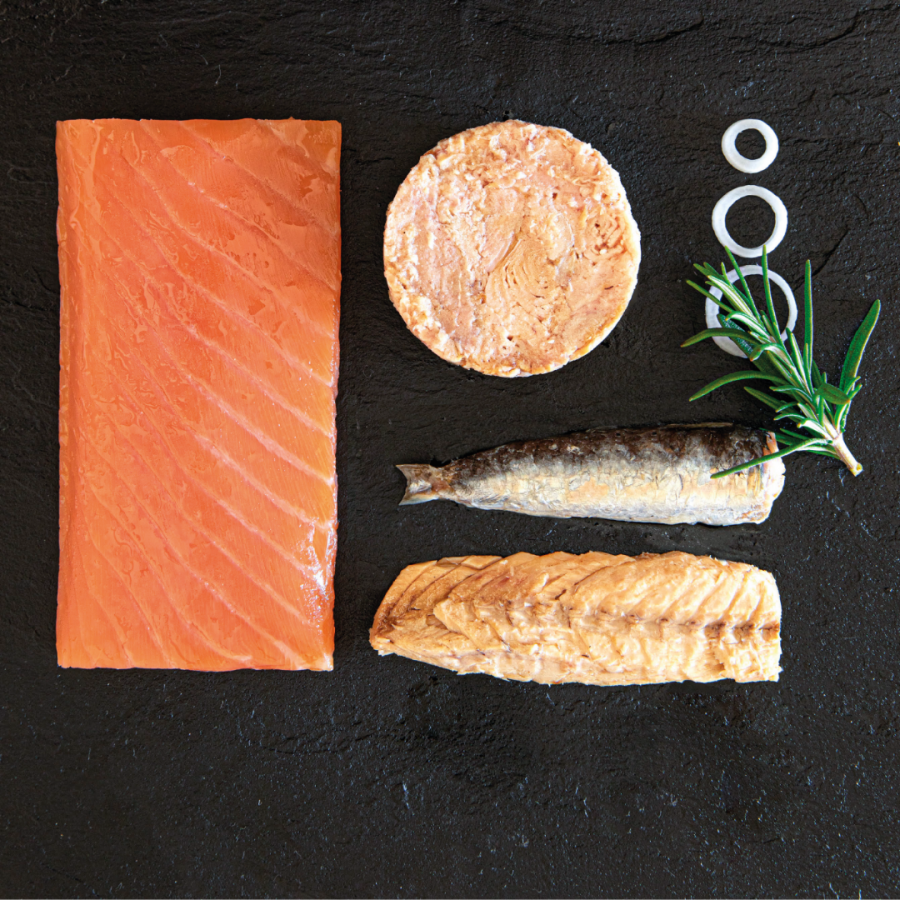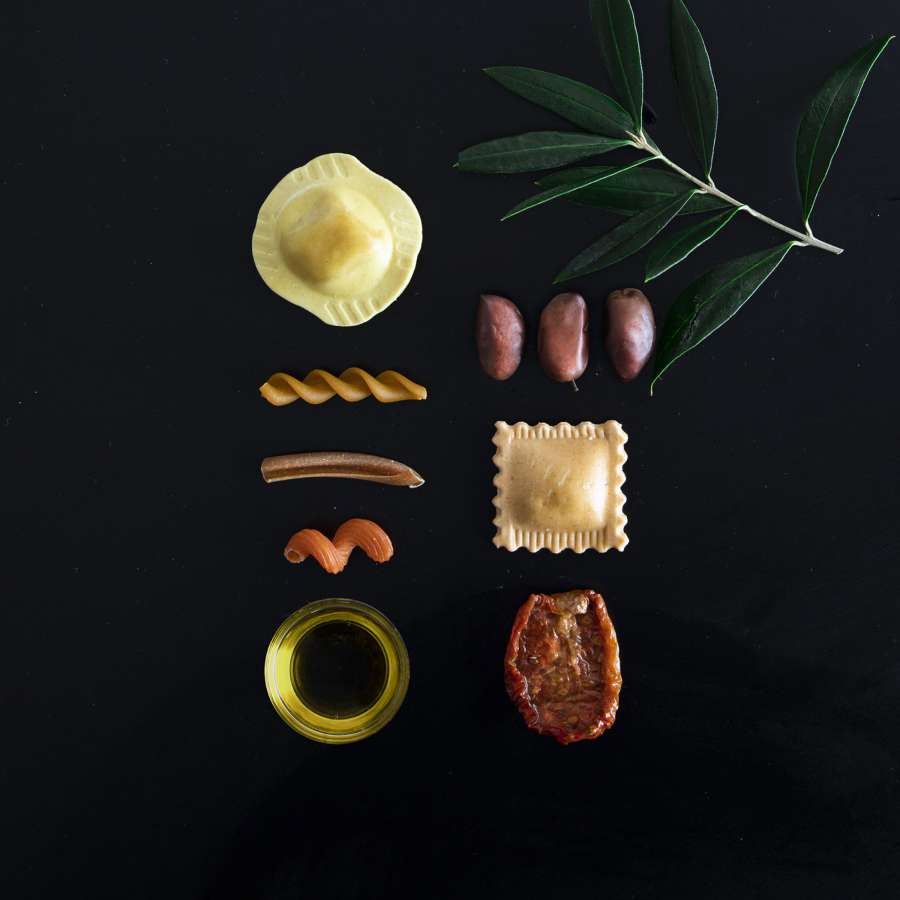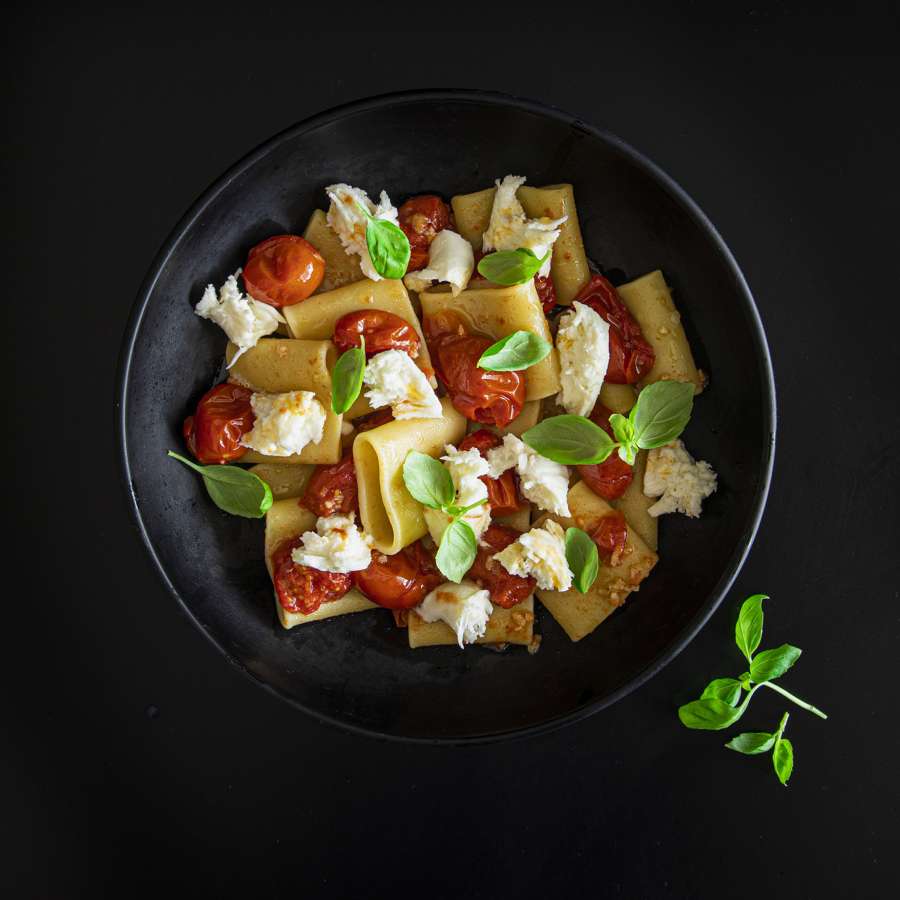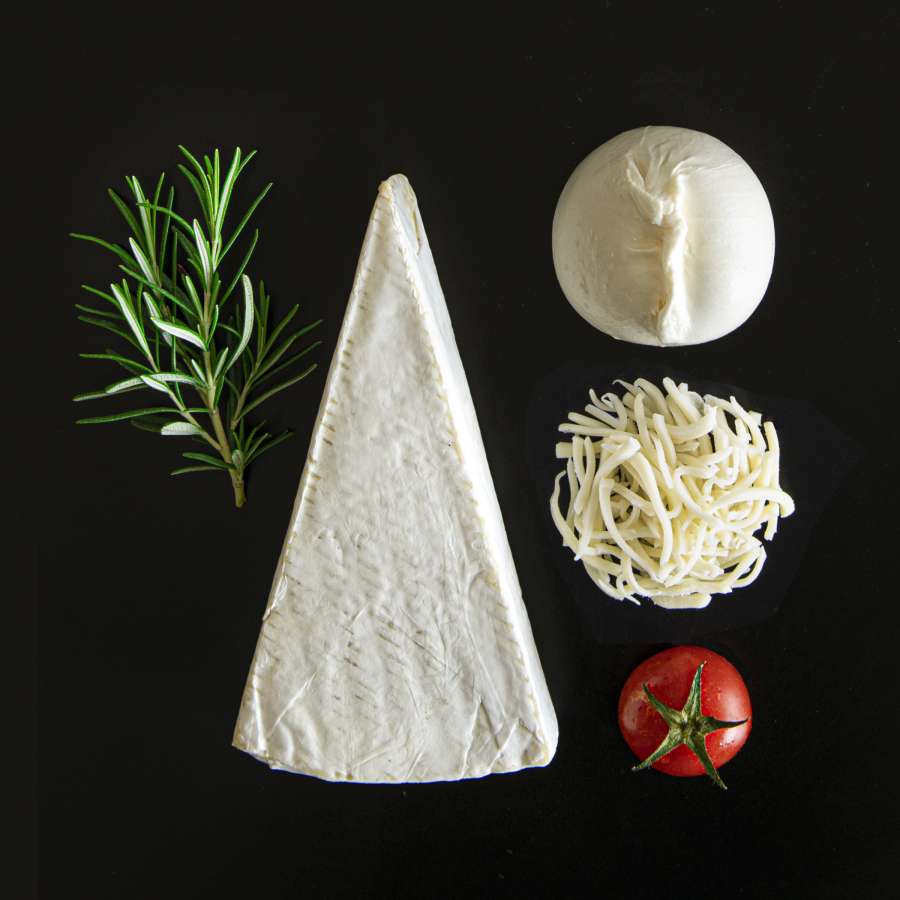Techniques and Secrets to Cook Pumpkin Like a Chef
Cooking pumpkin the right way truly makes the difference between an ordinary dish and a memorable one. This seemingly simple vegetable actually requires a few careful techniques to express its full potential.
Here are the essential tips to bring it to your kitchen like a real chef.
Choosing the Pumpkin
The first step is choosing the right one.
A good pumpkin should have a hard skin, even color, and a firmly attached stem — all signs of freshness.
Pumpkins with firmer flesh (like Delica or Mantovana) are ideal for risottos and gnocchi, while those with more watery flesh (like Napoletana) are perfect for soups and creamy dishes.
The Ideal Cooking Method
There are several ways to cook pumpkin, each delivering a different result:
Baked: The tastiest method. Slice it, brush with olive oil and salt, and bake at 180°C (350°F) for about 30 minutes. The pumpkin will become soft, caramelized, and full of concentrated flavor.
Steamed or boiled: Ideal for soups or purees, as it keeps its bright color and delicate texture.
In a pan: Diced and sautéed with onion or garlic, it’s perfect as a base for pasta sauces or quick side dishes.
For pumpkin gnocchi — If you want to prepare soft autumn gnocchi, bake or steam the pumpkin: this keeps it dry and prevents excess moisture in the dough. After cooking, mash it and let it cool completely before adding flour and Parmesan.
A chef’s tip: use little flour and knead quickly to get light, velvety gnocchi that preserve the pumpkin’s natural flavor.
A trick to enhance its taste is to add a touch of acidity, such as lemon juice or balsamic vinegar — it balances the natural sweetness and adds freshness.
Perfect Pairings
Pumpkin pairs well with many ingredients, but some are true classics:
Speck, pancetta, or sausage for those who love strong flavors;
Creamy cheeses like gorgonzola, taleggio, or ricotta;
Herbs such as sage, rosemary, and thyme;
Spices like cinnamon, nutmeg, and curry for an exotic touch.
For those who enjoy experimenting, pumpkin can also shine in modern recipes such as pumpkin and tahini hummus, pumpkin gnocchi with brown butter, or pumpkin risotto with crunchy amaretti.
Storage and Zero Waste
Pumpkin can last for weeks when kept whole in a cool, dry place. Once cut, it should be stored in the refrigerator wrapped in cling film.
You can also freeze it in cubes or as cooked puree, ready to use for soups or desserts.
And don’t forget the seeds: toasted with salt or spices, they make a healthy snack and a perfect garnish for soups and salads.
Conclusion
Pumpkin is not just a seasonal vegetable but a true culinary icon of autumn. It represents a style of cooking that values slow rhythms, the fragrance of simple things, and the pleasure of transforming a humble ingredient into a dish full of flavor.
Whether you use it in an elegant risotto, a comforting soup, or a spiced cake, pumpkin always tells a story of warmth, territory, and tradition.

